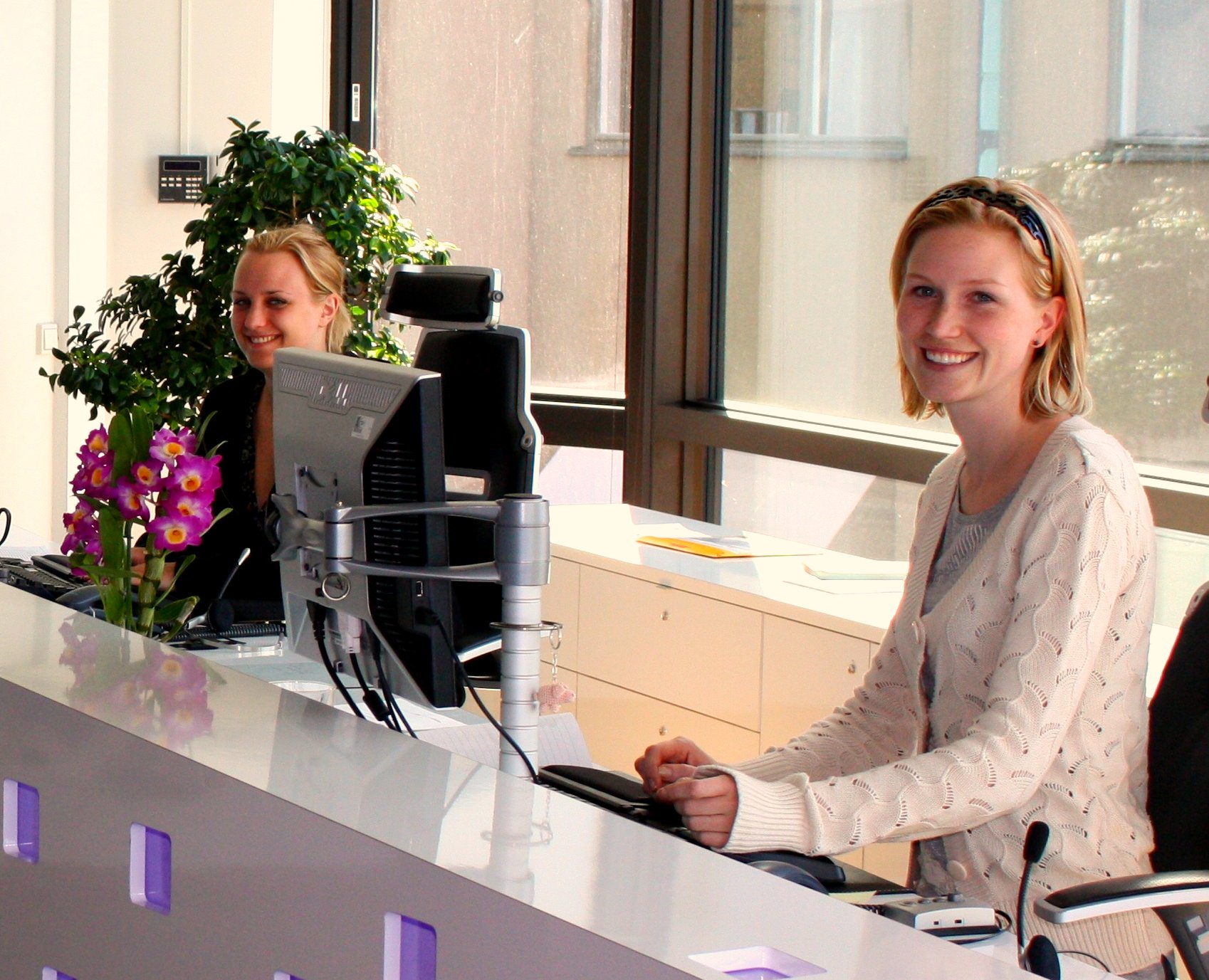
When opening a restaurant, you have multiple items on your mind. This can include setting up the equipment, choosing a menu and of course, handling the administration and bookkeeping. Therefore, to get the best start, you need to get your bookkeeping set up in the most efficient way right from the start. Consulting with your tax professional or accountant, such as Brian Walsh EA in Mahwah, NJ, as they can assist you the initial setup of your bookkeeping and assist you in determining which items you need to be sure to track for potential tax deductions. Here are 6 steps to setting up your bookkeeping for your new restaurant business.
One of the first large initial purchases you will be making for your restaurant is your food. Therefore, you will want to know how much you initially laid out to open your restaurant in terms of food. Going forward, it will also be important to keep a running inventory of your current food costs and the stock that you have had to purchase.
You will need to record the date and each food item purchased, as well as their quantity and cost. Then you will want to make sure that your software has a space for daily food purchase entries. Additionally, you will need a space that you can record the daily food sales as well. You will need to keep a running total of your food expenses and sales, but also be able to break these items down on a daily basis. This will also help you to know when your busiest days are for food and assist you in planning accordingly.
You will need to create a worksheet that will allow you to track your food sales. In this worksheet, you will want to list the number of meals served during specific time periods throughout the day. If you have a bar and a dining room, then will also want to have a column indicating where the meal was sold. Then you will want to record how much you earned during each meal period and the amount of sales for each location of the restaurant. By tracking this information on a daily or weekly basis, you can determine when your high sales are and budget accordingly in terms of supplies and personnel.
Similar to the food worksheet, you will also need to create a worksheet for all your beverage sales. You will want to record your drinks by type versus meal period. Again, you will want to keep this worksheet filled out on a daily or weekly basis. The result can be a more accurate tally of what are popular beverages in your restaurant and those that generate the most profit.
This worksheet will need to be put by each register. This summary should include a dollar amount for all the coins and paper currency, as well as any checks, gift cards and credit card transactions that have been made. If applicable, you will need to include a column for the sales tax collected. Columns may also be added for adjustments made to the bills and even for tips charged to the credit cards. Each register should also contain cash for transactions. The initial amount of cash should be compared to the end of the day total and any difference noted. This worksheet will allow you to get a handle on the daily income from the restaurant after all of these adjustments and other expenses.
You will want to create a worksheet that allows you to input the total food sales, beverage sales and other relevant receipts. This worksheet can be broken down to specific types of food and beverage sales. It should also be filled out at least monthly, allowing you to see your cash and sales on the same worksheet.
In order to create your income statement, you will need to track your operating expenses throughout the month. In addition to your food and beverage inventory, you will also need to track your rent, employee payroll, benefits, insurance, marketing, administrative costs, loan payments, repairs and maintenance costs, among other things. This can help you to create a break-even worksheet so that you know what your income needs to be to cover all of these expenses.
As you can see, there is a lot that can go into setting up the bookkeeping for a restaurant but by setting up a good foundation, your business can be poised to grow.
Click on the link below to connect with a tax professional or accountant at the office Brian Walsh EA in Mahwah, NJ, to discuss setting up your restaurant business bookkeeping and other areas that you may need to include based on your unique circumstances.
Brian Walsh EA|
|
